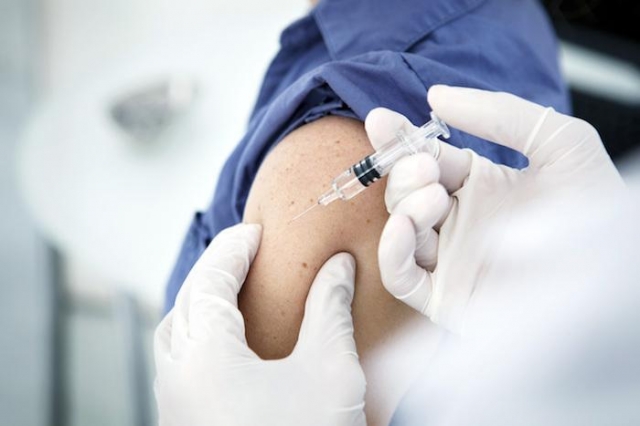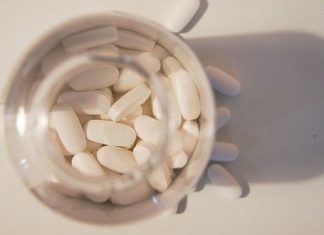For people who suffer from seasonal allergies, dust sensitivity, or pet dander reactions, the search for long-term relief often leads to allergy shots. Unlike medications that only provide short-term relief, these injections target the underlying cause of allergies by retraining the immune system.
But many patients wonder: How long will it take before I actually feel better? In this blog, we'll break down the timeline of allergy shots, from the first injection to long-term results.
Understanding Allergy Shots
Allergy shots, or allergen immunotherapy, involve injecting small amounts of allergens into the body. Over time, your immune system becomes less sensitive to these triggers, leading to fewer symptoms. Treatment consists of two phases:
-
Build-Up Phase – Frequent injections (1–2 times per week) for several months with gradually increasing doses.
-
Maintenance Phase – Injections every 2–4 weeks at a consistent dose, continuing for 3–5 years.
The Timeline of Relief
First 3–6 Months: The Build-Up Phase
During this stage, many people don't notice significant changes yet. Your immune system is still adjusting, and the primary goal is to safely reach the maintenance dose. Some patients, however, may begin to notice slight symptom improvement toward the end of this phase.
6–12 Months: Early Symptom Relief
By the first year, most patients experience noticeable improvements in allergy symptoms. Sneezing, congestion, and itchy eyes may become less severe and less frequent. Some people also find they need fewer medications.
1–2 Years: Significant Improvement
This is when the majority of patients see major benefits. Allergic reactions to triggers like pollen, dust, or pets become much milder, and quality of life improves dramatically.
3–5 Years: Long-Term Results
After completing the full course of treatment, many patients enjoy lasting relief. In fact, improvements often continue for years even after stopping injections.
Factors That Affect How Quickly Shots Work
Not everyone responds at the same pace. Factors that can influence results include:
-
Type of allergy (pollen, dust mites, pet dander, etc.).
-
Severity of symptoms before treatment.
-
Consistency in attending appointments.
-
Individual immune system response.
What If I Don't See Results Right Away?
Patience is key with allergy shots. Unlike antihistamines, which work within hours, immunotherapy is a long-term solution. If you don't see immediate changes, that doesn't mean the treatment isn't working—it simply takes time for your immune system to adjust.
Benefits Over Time
Even though results aren't instant, the long-term benefits of allergy shots make them worthwhile:
-
Reduced dependence on medications.
-
Better control of allergic asthma.
-
Improved quality of life during allergy seasons.
-
Possible prevention of new allergies.
Risks and Side Effects
While generally safe, side effects may occur, including:
-
Redness or swelling at the injection site.
-
Mild sneezing or nasal congestion.
-
Rare severe reactions, such as anaphylaxis, requiring immediate care.
Final Thoughts
Allergy shots are not a quick fix, but they are one of the most effective long-term solutions for allergy sufferers. While it may take months—or even a year—to notice full benefits, the relief they provide can last for years after treatment ends. For those willing to commit, the timeline is well worth the wait.
Frequently Asked Questions (FAQs)
Q1. How long before allergy shots start working?
Most people notice improvement within 6–12 months, with maximum benefits after 2–3 years.
Q2. Do I have to take shots forever?
No, treatment typically lasts 3–5 years. Many patients enjoy lasting relief even after stopping.
Q3. Can I stop if my symptoms improve early?
It's best to complete the full course to achieve long-term benefits.
Q4. Do allergy shots work faster for kids?
Children may respond more quickly, but results still vary by individual.
Q5. Are allergy shots worth the wait?
Yes—although they take time, the long-term benefits often outweigh the short-term inconvenience.






